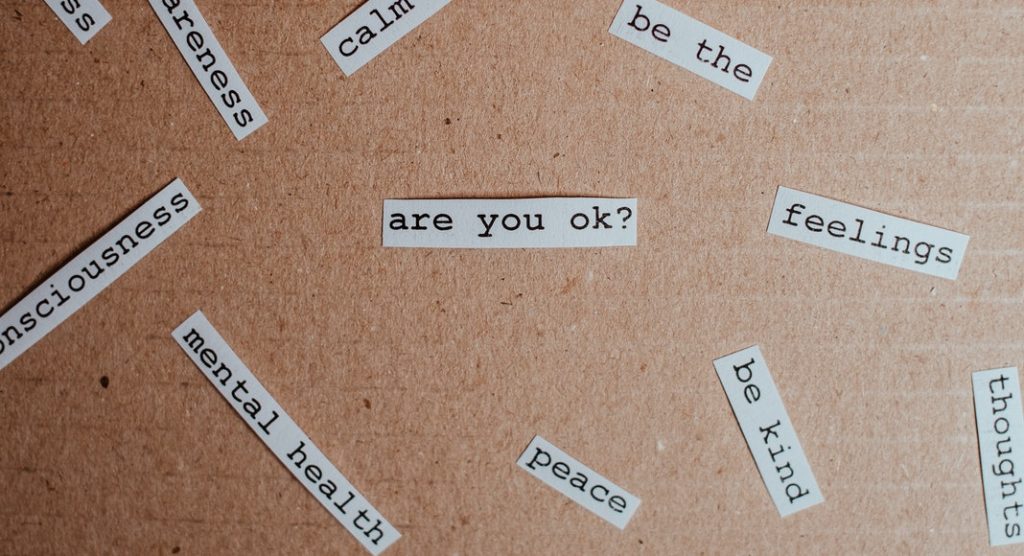Every Fall, I attend as many school tours as I possibly can. As a private school placement consultant, it’s my job to know cultural, structural, and curricular specifics, so I can match each family with their ideal school community.
Yes, there are stark differences between schools. Some are single-gender while others are co-educational. Some schools emphasize STEM learning while others offer language immersion. However, in recent years, the messaging during these tours have become remarkably similar. All admissions directors now strongly emphasize the importance of SEL and highlight the ways that SEL is celebrated at that particular school. Why? Because SEL is the glue that holds the classroom together and is the foundation for deeper and more impactful learning.
Let me explain.
SEL, otherwise known as social-emotional learning, is a set of teaching techniques that help children to better understand and feel their emotions with the intention of developing inner compassion and empathy for others. In short, SEL is about getting in touch with emotions and building a better community in the classroom.
Here’s a very brief history.
In the late 1960s, a Yale professor named James Comer developed a program for disadvantaged, low achieving schools in New Haven, Connecticut. His goal was to establish a collaborative team of parents, teachers, and mental health workers to promote resilience, healthy bonding, and overall social, emotional, and cognitive competence. Needless to say, his program was incredibly successful. Behavioral problems declined rapidly and academic performance exceeded national averages. As a result, more professors and educators studied this phenomenon and the movement took off. Now, most schools actively infuse social-emotional learning into their curriculum. In other words, SEL is considered the norm.
But why is this so revolutionary? Think back to your own childhood.
I still remember popular boys teasing weaker boys, to the point of tears. Bullying was commonplace and blatant sexism, racism, and homophobia was a common occurrence. As a young girl, my mind was filled with fears about dodging mean girls in the hallways or processing hurtful notes anonymously shoved into my locker. My teachers, although well-meaning, were considered authority figures, not allies, totally out of touch with my reality. When grandparents died, we sucked it up and took tests anyway. If parents got divorced, there was little to no emotional support from the community. Some of us even cried silently in bathroom stalls or pushed down our feelings completely. Remember?
Let me be clear, this is not an indictment of schooling in the ’80s and ’90s. This is just how it was. Feelings were considered either unimportant or shame-worthy. As a result, school and society as a whole felt unsafe.
So, imagine if your childhood was different. Imagine, for a moment, classmates standing up to bullies and trained teachers genuinely caring for your emotional wellbeing. No one is stealing your lunch money. No one is name-calling. No one is being left out or left behind. Now ask yourself, how would your life have been different? Really think. If you had been emotionally nurtured in a safe, warm and welcoming school environment where respect and positivity were a given, what would your life be like now? How would you be different?
That difference is THE difference. This is why schools are focusing so much attention, time, and funds on developing SEL programs. SEL strengthens relationships, builds critical life skills, and motivates children to be better and to do better. Lastly, SEL creates good citizens. We need this now more than ever. So, if you’re like me, touring private, parochial, or public schools this year, be sure to ask about SEL. It makes all the difference in the world.





















